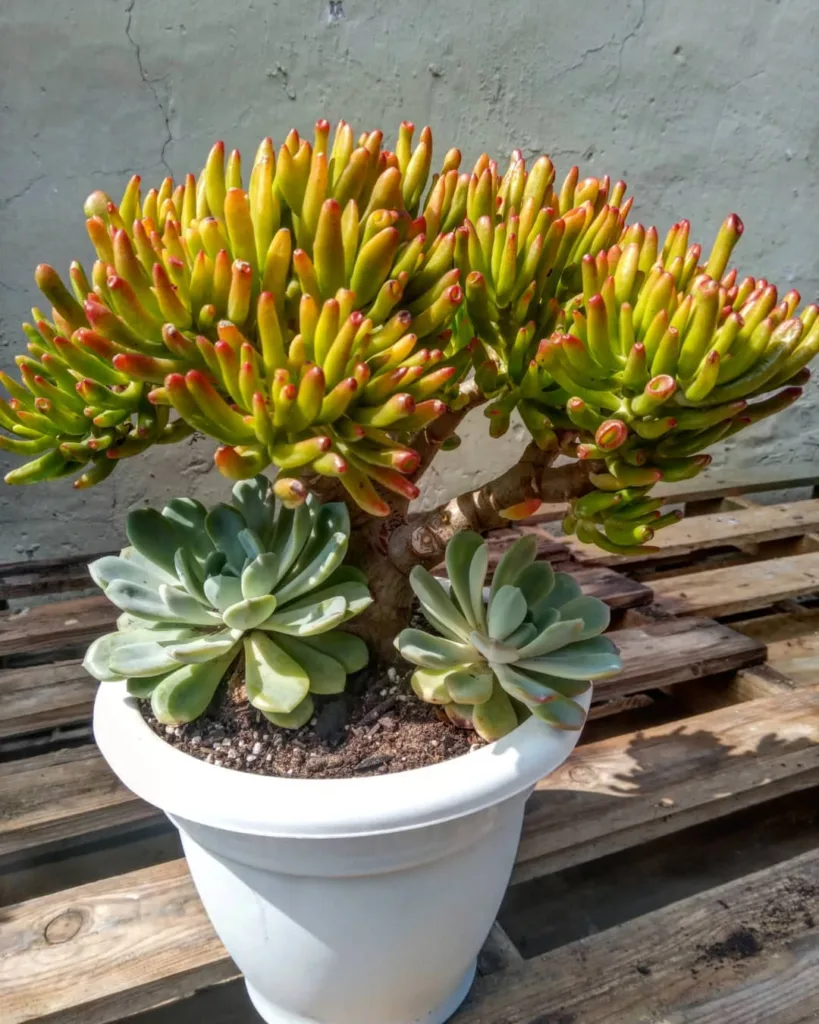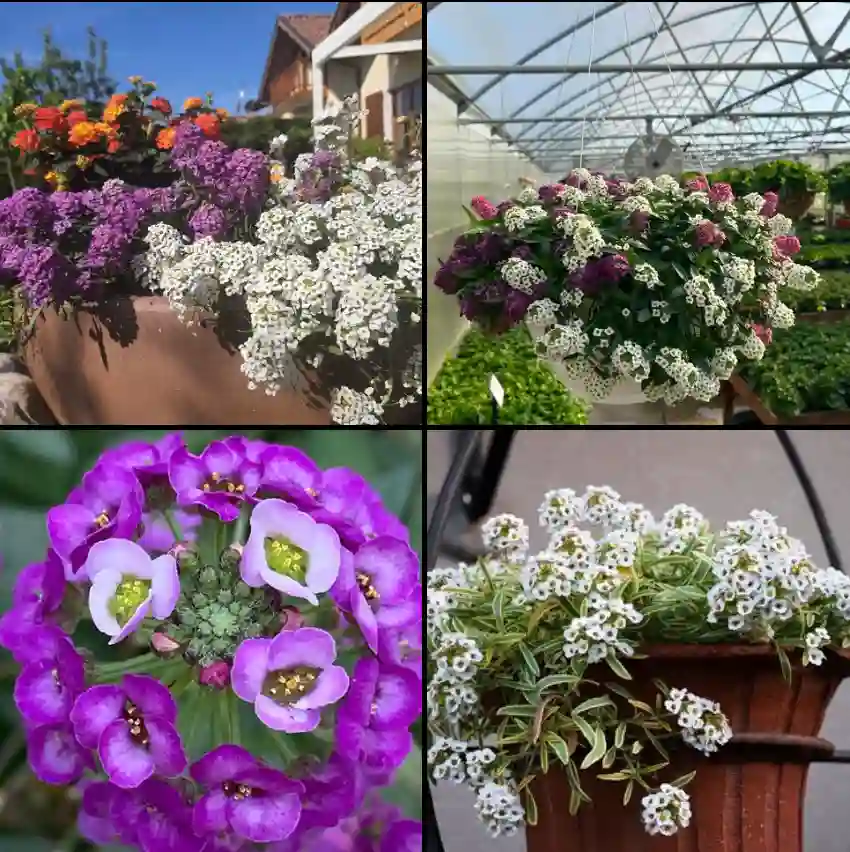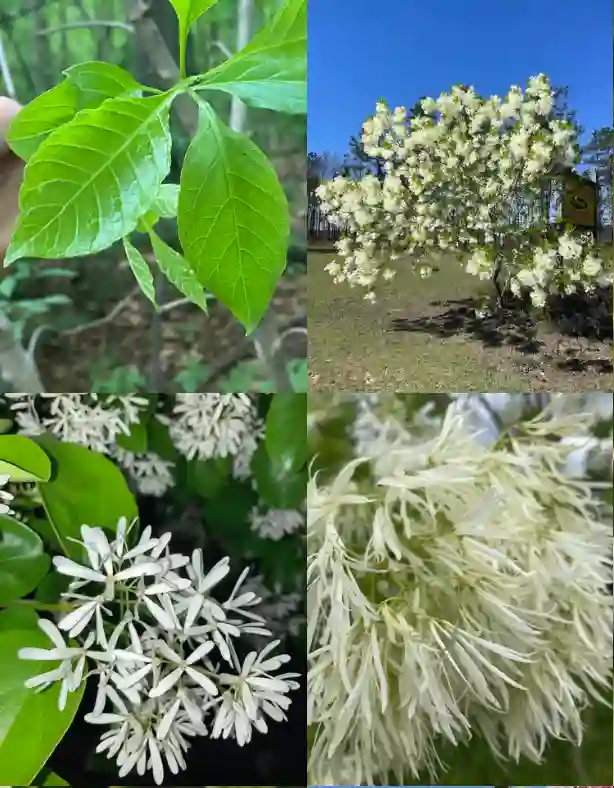Hoya Thomsonii: A Beginner-Friendly Hoya for Lush Foliage and Fragrant Blooms
Hi, I’m Ferb Vu, and I’m here to talk about the Hoya Thomsonii, a stunning vine known for its lush foliage and sweetly-scented blooms. This easy-to-care-for Hoya is a perfect choice for both seasoned plant parents and beginners alike.
Whether you’re new to the world of Hoyas or looking to expand your collection, this FAQ will answer all your burning questions about the Hoya Thomsonii.
566 Species in Genus Hoya
Light Requirements: Sunbeams or Shade?
Hoya Thomsonii thrives in bright, indirect light. Think dappled sunlight filtering through a sheer curtain – that’s the sweet spot. Direct sun can scorch the leaves, so avoid placing your Hoya right next to a south-facing window.
East or west-facing windows with a bit of morning or afternoon sun are ideal. If your home lacks natural light, don’t despair! You can supplement with grow lights positioned a few feet away from the plant.
Tip: Look for subtle signs. If your Hoya stretches excessively with pale leaves, it needs more light. Conversely, if the leaves curl or turn brown, it’s getting too much sun.
Watering Needs: When to Drench and When to Desert
Hoya Thomsonii leans towards the drought-tolerant side. Overwatering is the enemy here. Let the soil dry out completely between waterings. Stick your finger into the potting mix – if the top inch feels dry, it’s watering time.
Soggy soil leads to root rot, a silent killer of Hoyas. Err on the side of underwatering rather than overwatering. During winter, when growth slows down, you can water even less frequently.
Pro Tip: Use a well-draining potting mix specifically formulated for cacti and succulents. This allows excess water to drain away, preventing root rot.
Soil Composition: The Perfect Blend for Happy Roots
As mentioned earlier, a well-draining potting mix is crucial for Hoya Thomsonii. Here’s what you can do:
- Commercial Option: Look for cactus and succulent mixes at your local plant store. These mixes often contain perlite or orchid bark for excellent drainage.
- DIY Option: Create your own mix by combining equal parts potting soil, perlite, and orchid bark.
Remember, the key is to ensure the water doesn’t get trapped around the roots.
Blooming Beauty: Encouraging Flowers
Hoya Thomsonii rewards patient plant parents with clusters of star-shaped, fragrant flowers. Here are some tips to encourage blooms:
- Provide Bright Light: As discussed earlier, bright, indirect light is essential for flower production.
- Maturity Matters: Younger Hoyas might take a while to flower. Be patient, and your Hoya will eventually reward you with blooms.
- Don’t Repot Often: Frequent repotting can disrupt the flowering cycle. Repot only when the plant outgrows its current pot.
- Fertilize Sparingly: A light feeding with a balanced fertilizer during the growing season can be beneficial, but avoid overfertilizing, which can hinder blooming.
Bonus Tip: Don’t prune flowering stems! These are the branches that produce the beautiful blooms.
Common Pests and Diseases: Keeping Your Hoya Healthy
Hoya Thomsonii is generally resistant to pests and diseases. However, keep an eye out for:
- Mealybugs: These cottony white pests suck sap from the leaves. Treat them with insecticidal soap or neem oil.
- Scale: These tiny, armored insects also feed on plant sap. You can scrape them off with a cotton swab dipped in alcohol.
- Fungus Gnats: These tiny flies hover around the soil. If you see them, adjust your watering habits and allow the soil to dry out more between waterings.
Remember: Early detection and treatment are key.
Hoya Thomsonii vs. Hoya Carnosa: The Great Resemblance
Hoya Thomsonii and Hoya Carnosa (commonly known as the Wax Plant) are often mistaken for each other. Here’s a quick comparison to help you differentiate:
- Leaves: Hoya Thomsonii has slightly smaller, thinner leaves with a more pointed tip compared to the rounder, fleshier leaves of Hoya Carnosa.
- Flowers: Hoya Carnosa flowers are typically darker pink or red, while Hoya Thomsonii blooms are a lighter shade of pink or white.
- Growth Habit: Hoya Thomsonii tends to be a more compact vine compared to the sprawling growth of Hoya Carnosa.
Propagating Your Hoya Thomsonii: Sharing the Love
Hoya Thomsonii is a joy to propagate, allowing you to create new plants for yourself or share with friends. Here are two popular propagation methods:
1. Stem Cuttings:
- Select a healthy stem with at least two nodes (the bumps where leaves emerge).
- Make a clean cut just below a node with a sharp knife or sterilized pruning shears.
- Remove the bottom leaves, leaving two or three nodes exposed.
- You can either:
- Water Propagation: Place the cutting in a glass of water, ensuring at least one node is submerged. Change the water every few days to prevent rot. Roots should develop within a few weeks. Once the roots reach around an inch long, you can pot the cutting in a well-draining mix.
- Soil Propagation: Dip the cut end of the stem in rooting hormone (optional) and plant it directly in a moistened potting mix. Keep the soil slightly damp but not soggy. Cover the pot loosely with a plastic bag to maintain humidity. New growth should appear within a few weeks.
2. Leaf Propagation (Less Common):
This method takes longer but can be successful.
- Select a healthy leaf with a short petiole (the stalk connecting the leaf to the stem).
- Make a clean cut at a 45-degree angle just below the petiole.
- Dip the petiole in rooting hormone (optional) and plant it in a well-draining mix, burying at least half of the petiole.
- Keep the soil slightly moist and provide humidity by covering the pot with a plastic bag.
- It can take several months for roots and new growth to develop.
Tip: Patience is key during propagation!
How fast does Hoya Thomsonii grow?
The growth rate can vary depending on light, temperature, and watering. In ideal conditions, it can grow a few inches per month.
My Hoya Thomsonii is dropping leaves. What’s wrong?
The most common culprit is overwatering. Allow the soil to dry completely between waterings.
Can I prune my Hoya Thomsonii?
Yes, you can prune to control size or encourage bushier growth. Just make sure to sterilize your pruning shears and avoid cutting flowering stems.
My Hoya Thomsonii has sticky leaves. Is it sap?
It could be! Some Hoya varieties naturally produce a sticky sap. However, it could also indicate a pest infestation like scale. Inspect your plant closely.
What is the ideal humidity level for Hoya Thomsonii?
While they can tolerate average household humidity, they thrive in higher humidity (around 60%). You can group your Hoya with other plants or use a humidifier to increase the surrounding moisture.
By following these simple tips, you can successfully cultivate a healthy, thriving Hoya Thomsonii that will reward you with beautiful foliage and fragrant blooms for years to come. Happy planting!
If i die, water my plants!



